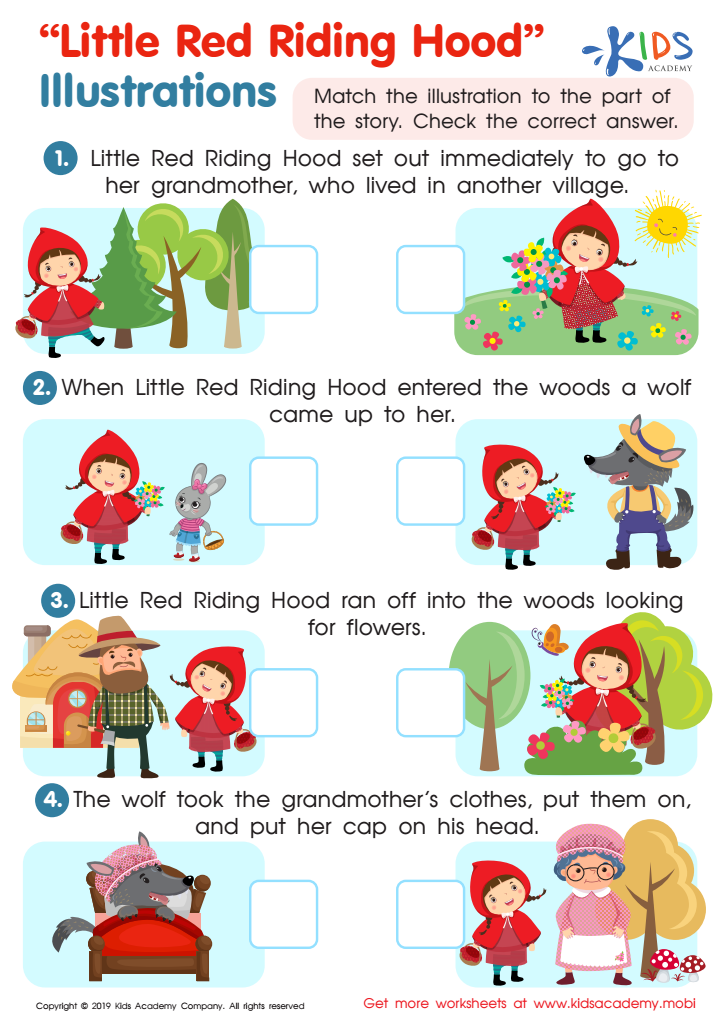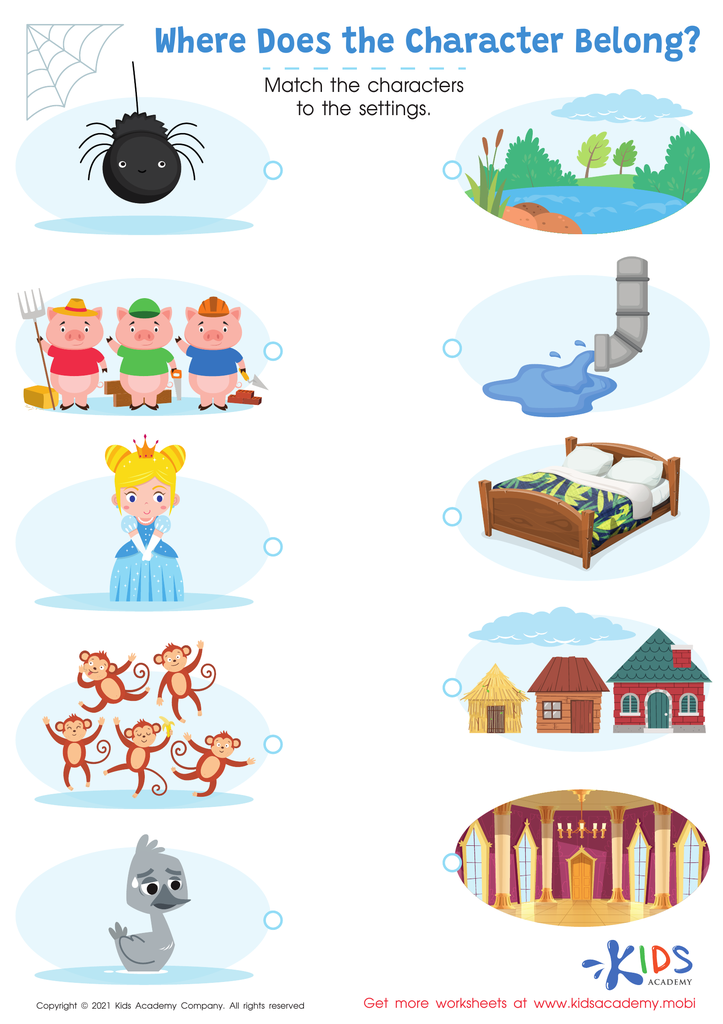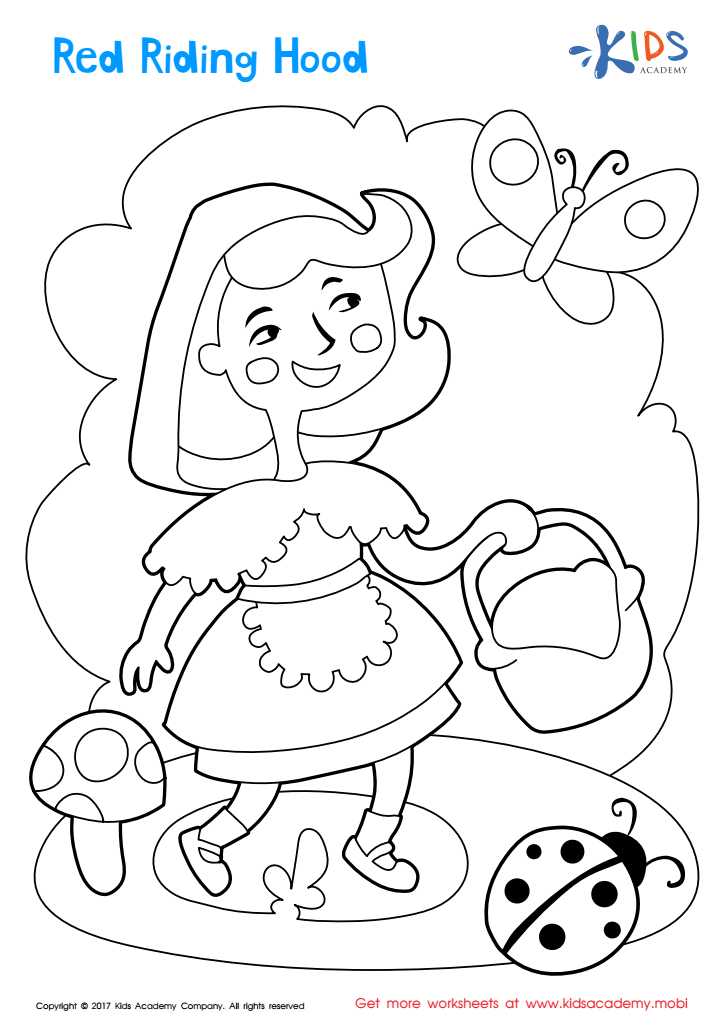Story comprehension Reading Fiction Worksheets for Ages 3-5
5 filtered results
-
From - To
Enhance your child’s reading journey with our captivating Story Comprehension Reading Fiction Worksheets, specially designed for ages 3-5! These engaging resources foster early literacy skills by encouraging young learners to explore stories while developing critical thinking and comprehension abilities. Through vibrant illustrations and age-appropriate text, children will practice identifying characters, setting, and key plot elements. Our worksheets not only make reading enjoyable but also nurture a love for storytelling. Perfect for parents and educators, these activities offer an interactive way to support language development and spark imagination in your little ones. Discover the joy of reading together today!


Little Red Riding Hood: Illustrations Worksheet


Where Does the Character Belong? Worksheet


Red Riding Hood Coloring Page


Story Sequencing Printable


Three Little Pigs: Illustrations Worksheet
Story comprehension in reading fiction is a critical skill for children aged 3-5, and it's essential for both parents and teachers to focus on this aspect. At this age, children are developing fundamental language and cognitive skills that serve as the foundation for their future learning. When children engage with stories, they not only enhance their vocabulary but also learn to understand and interpret events, characters, and emotions within a narrative.
Through literature, young children can explore diverse experiences and perspectives, which fosters empathy and social understanding. This age group tends to thrive on imaginative play, and storytelling encourages creativity, allowing them to articulate their thoughts and feelings better. Parents and teachers can use story comprehension to stimulate discussion, asking questions and encouraging predictions to promote critical thinking.
Moreover, understanding stories contributes to children's overall literacy development, equipping them with the skills to decode and analyze text as they progress in their education. Ultimately, prioritizing story comprehension not only builds foundational literacy skills but also nurtures emotional intelligence and a love for reading that can last a lifetime. By investing in this area, parents and teachers play a pivotal role in shaping competent, empathetic readers and thinkers.

 Assign to My Students
Assign to My Students





















